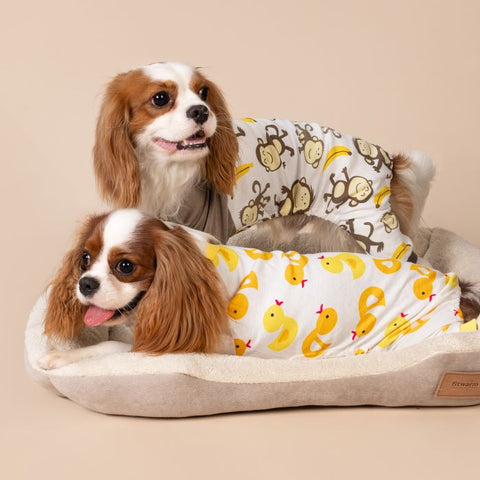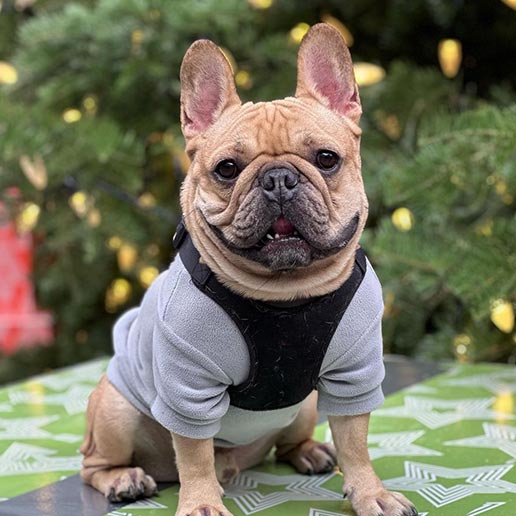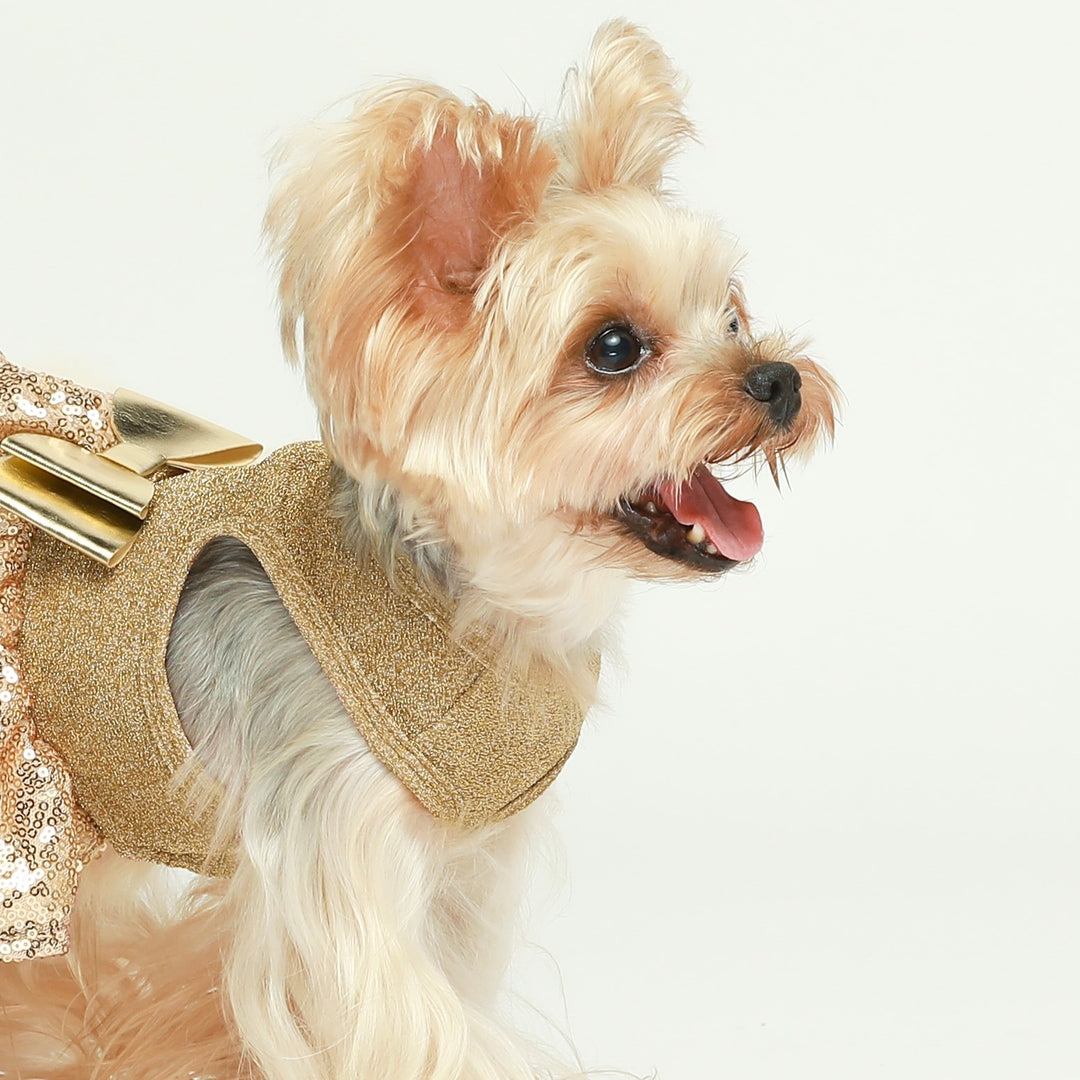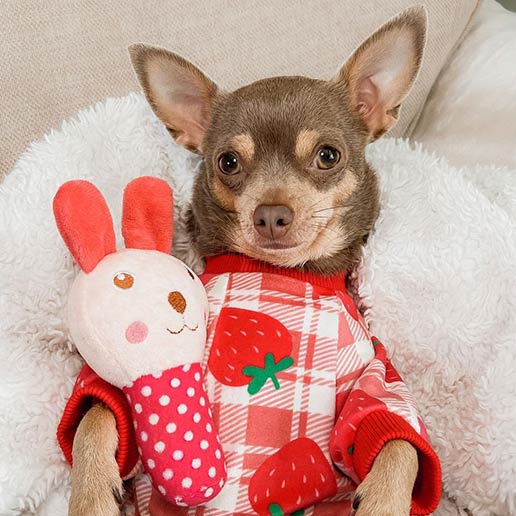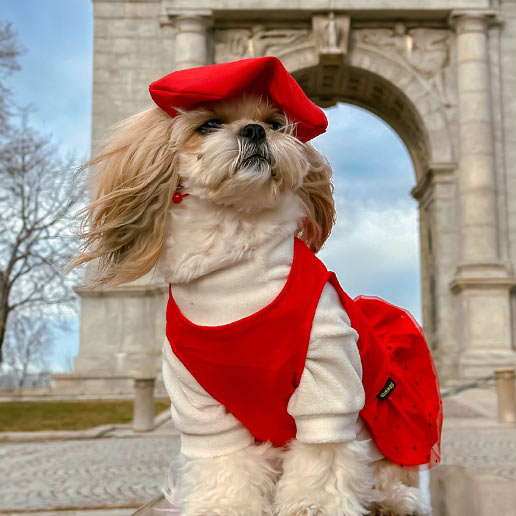Signs of an Unhealthy Dog Coat: Detecting Issues and Caring for Your Pet's Fur
A shiny, healthy coat is more than just a sign of a well-groomed dog; it's a crucial indicator of your pet's overall health. Just like in humans, the condition of a dog's skin and fur can reflect its internal health. Beyond routine veterinary check-ups, it's important for pet owners to regularly observe their dog's coat. Keeping an eye on the coat's condition can help you spot potential health issues early. In this blog, we'll explore the signs of an unhealthy dog coat and offer practical tips on how to care for your dog's fur to ensure they stay healthy and happy.
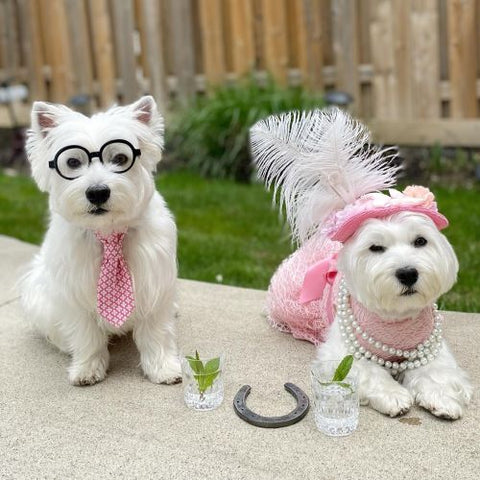
Instagram: luna.westie.toronto
Key Indicators of an Unhealthy Dog Coat
Dull, Lifeless Fur
A healthy dog's coat should be vibrant and shiny, a clear sign of good health and nutrition. If your dog's fur starts to look dull and lifeless, it could be a sign that they are not receiving the right balance of nutrients. Essential fatty acids, particularly omega-3 and omega-6, play a crucial role in maintaining the shine of a dog's coat.
Excessive Shedding
While all dogs shed to some degree, excessive shedding can be an indicator of stress, poor nutrition, or underlying health issues. It’s important to monitor the amount of shedding and be aware of any significant changes, such as seasonal shifts or changes in shedding patterns that don't align with normal cycles.
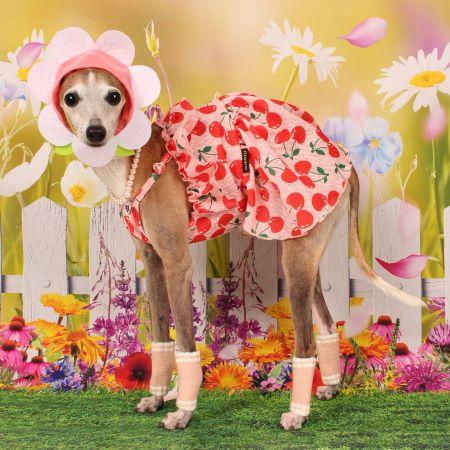
Instagram: iggychelseaandme
Dry, Flaky Skin
The presence of dry, flaky skin beneath the coat can cause irritation and discomfort for your dog. This condition can be more serious by environmental factors such as dry winter air or an overuse of heating systems indoors, which reduce humidity levels a lot.
Bald Spots and Hair Loss
Unexpected bald spots or significant hair loss can be alarming signs of health issues. These symptoms can arise from various problems, such as skin infections, flea infestations, or even more complex hormonal imbalances or metabolic disorders. The pattern and location of hair loss can provide clues about the underlying cause.
Itchiness and Red Skin
Persistent scratching or obvious discomfort can indicate skin irritations or allergies. Dogs can develop sensitivities to a wide range of irritants, from common household dust to specific pet food ingredients or environmental allergens like pollen. Redness and inflammation are often visible signs accompanying itchiness.

Instagram:misscammie.shichon
Recognizing these signs early can help in identifying potential health issues before they become more serious. Regular observation and monitoring of your dog's coat and skin can provide early indicators of their overall health status.
Enhancing Your Dog's Coat Health
-
Regular Grooming: Routine brushing is crucial as it not only helps remove dead hair and skin but also boosts blood circulation, enhancing the health and appearance of your dog’s coat. This is especially beneficial for managing excessive shedding and ensuring the coat remains vibrant.
-
Nutritionally Rich Diet: Providing a well-balanced diet rich in essential nutrients is key. Incorporate foods high in omega fatty acids, which are vital for maintaining a shiny coat. For dry, flaky skin, supplements like fish oil can be incredibly beneficial. Always consult with your veterinarian before adding supplements to your dog’s diet.
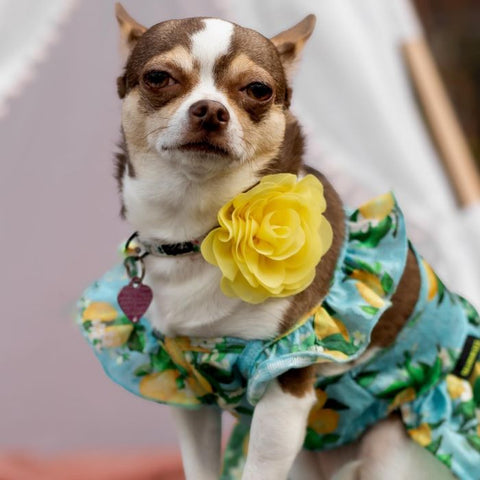 Instagram: peju_puppy
Instagram: peju_puppy-
Consistent Veterinary Care: Regular veterinary check-ups help detect and treat underlying health issues that could be causing coat problems, such as hormonal imbalances or allergies that lead to hair loss and itchy skin.
-
Appropriate Bathing: Bathing your dog too frequently can strip their coat of natural oils, leading to dryness and irritation. It’s important to bathe your dog only when necessary and with shampoos that are suited to their specific skin type, as recommended by your vet.
 Instagram: hattiemaethemorkie
Instagram: hattiemaethemorkie-
Protective Clothing: In some cases, especially for dogs with sensitive skin or thin coats, protective clothing can help. Dog clothes like sweaters or specially designed outerwear can provide an additional layer of protection against environmental factors that might irritate the skin, helping to keep the coat healthy and reduce exposure to allergens.
By addressing these areas, you can effectively manage and improve the condition of your dog’s coat, tackling problems such as excessive shedding, bald spots, and skin irritations, and ensuring your dog looks and feels their best.
Beyond Basic Care: Enhancing Your Dog's Appearance
In addition to routine care, grooming plays a significant role in maintaining a healthy and stylish coat for your furry friend. Whether it's a trendy haircut or personalized grooming sessions, there are numerous ways to enhance your dog's appearance and ensure they exude confidence in their fur. Let's explore some tips and techniques to elevate your dog's look and keep them feeling their best:
-
Regular Haircuts: Schedule regular appointments with a professional groomer to give your dog a haircut tailored to their breed and lifestyle. A well-groomed haircut not only keeps your dog looking stylish but also helps prevent matting and tangling.
 Instagram: chihuahuazucht
Instagram: chihuahuazucht
-
Styling and Trimming: Discuss styling options with your groomer to enhance your dog's appearance, whether it's a classic trim, breed-specific style, or a fun and trendy look. Trimming around the face, paws, and ears adds to the overall aesthetic appeal.
-
Maintaining Coat Length: Depending on your dog's coat type, you may need to trim it regularly to maintain a manageable length. Shorter coats are easier to maintain and can prevent overheating in warmer climates.
-
Grooming Tools and Products: Invest in quality grooming tools and products, such as clippers, scissors, and brushes, to maintain your dog's coat between grooming appointments. Regular brushing helps remove loose hair and keeps the coat looking neat.
 Instagram: parti.princess.airyss.chiffon
Instagram: parti.princess.airyss.chiffon-
Personalized Grooming Plan: Work with your groomer to create a personalized grooming plan that suits your dog's needs and preferences. This ensures they not only look their best but also feel comfortable and confident in their appearance.
-
Post-Grooming Care: After each grooming session, monitor your dog for any signs of discomfort or irritation. Ensure they have access to clean water and a comfortable resting area to relax and enjoy their fresh new look.
Healthy Paws Coats: Nurturing Wellness and Joy
As we embark on the journey of caring for our canine companions, it's essential to remember that our efforts extend beyond mere grooming rituals. Our dogs' coats serve as a mirror reflecting their inner health and emotional well-being. By paying attention to the signs of an unhealthy coat, we not only address physical ailments but also deepen our bond with our furry friends. Through nurturing their coat's health, we show our dedication to their overall wellness and happiness, embodying the true essence of companionship and unconditional love.




